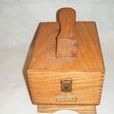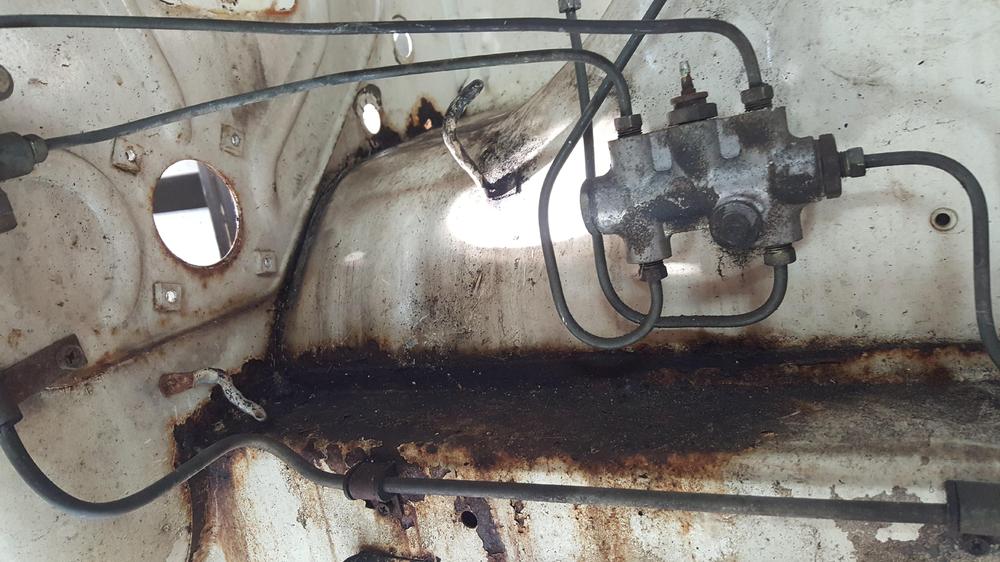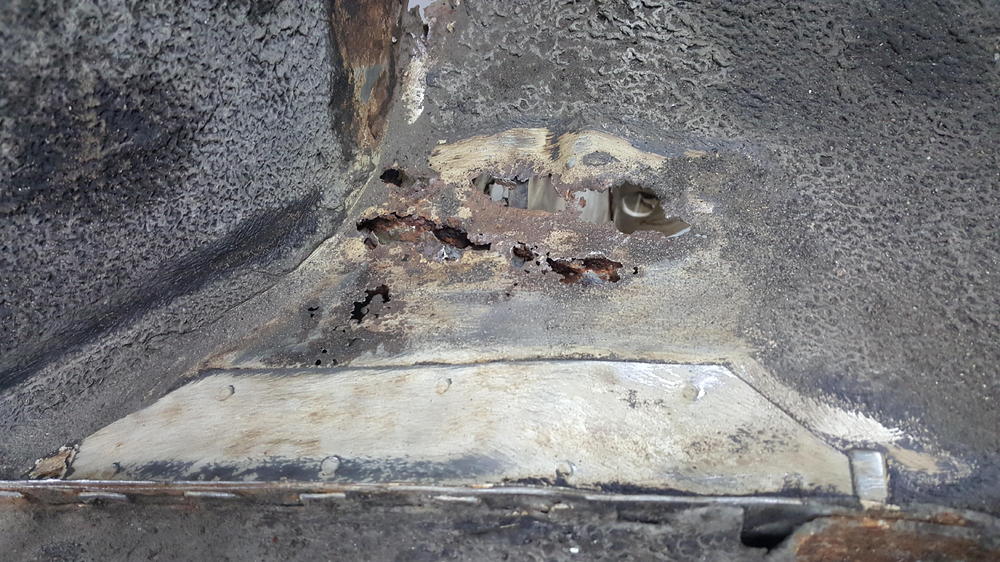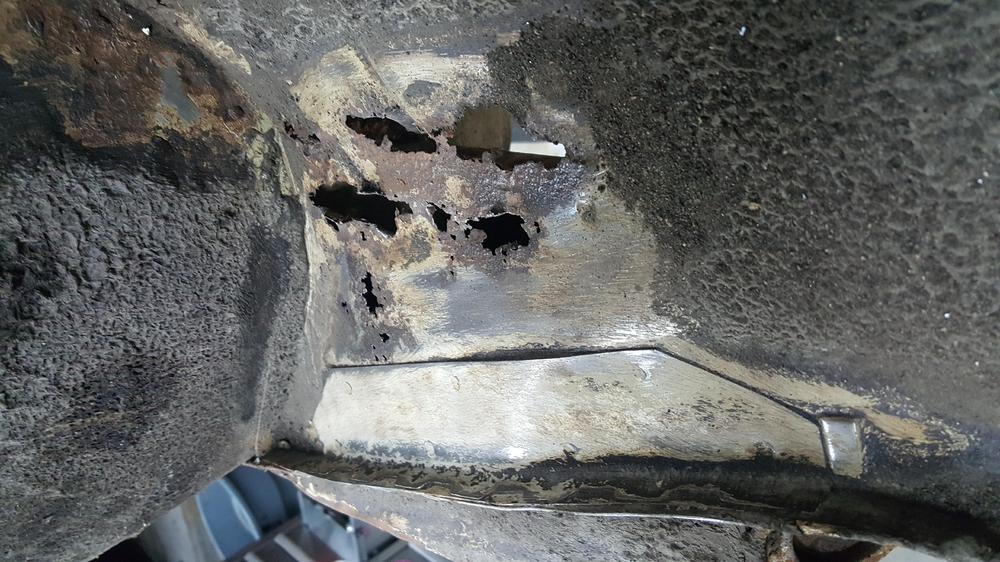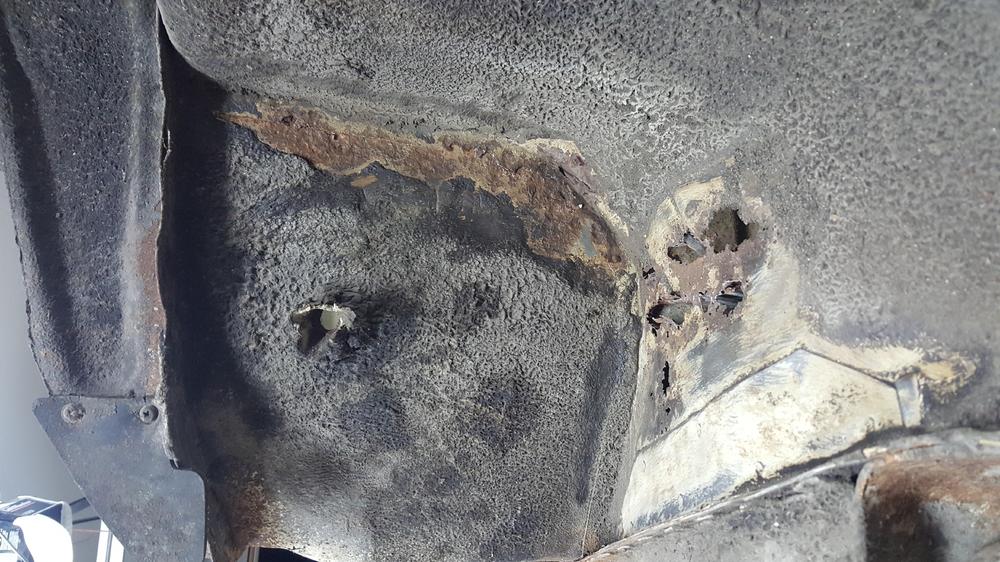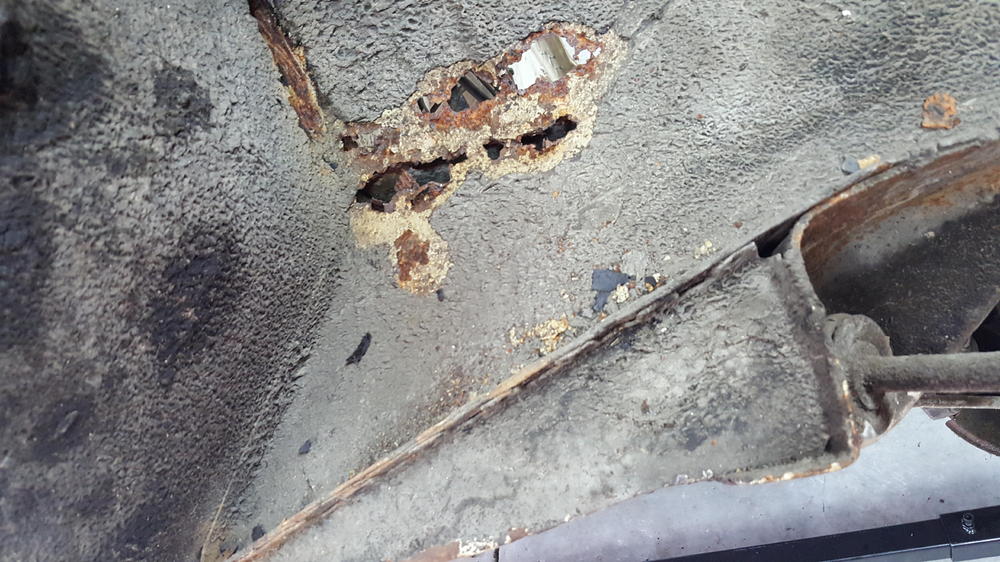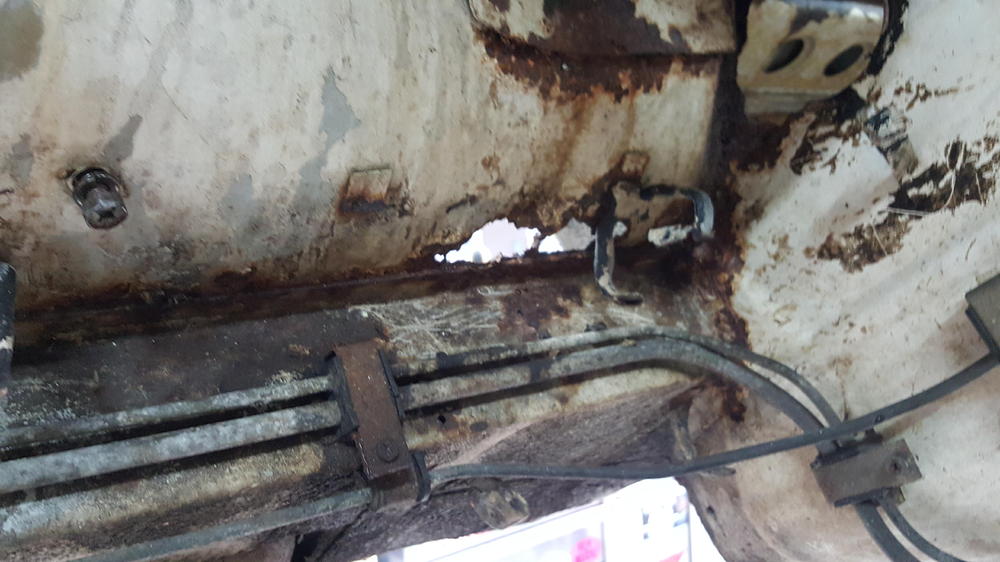Those are blanket statements and not really accurate.
The ammeter is designed to indicate charge/discharge of the battery. The ammeter is situated between the battery and alternator, and most loads are on the alternator side of the ammeter. If the ammeter is on the positive side, the alternator is charging the battery and/or your brake lights/hazard lights are drawing current.
Make sure you have a good battery. The specified alternator and the wiring harness are not designed to charge a dead battery.
If the ammeter has failed completely, typically the car will not start since current will not flow through the ammeter. For starting the car, power goes from the battery, through the fusible link and ammeter, and to the ignition switch.
If the alternator has failed, the electrical system is relying solely upon the battery, and the battery will discharge.
If the voltage regulator has failed, typically the battery will reverse power the alternator when the car is off, and the battery will discharge.
The FSM describes alternator and voltage regulator testing. See EE-18 for the alternator test and EE-22 for the start of the regulator testing. Of course, you can purchase a clamp DC ammeter to place over the battery cable to simplify testing. (This means you don't need to use the resistor shown in figure EE-55 if you use the clamp DC ammeter.)
The voltage reading of 14.5 would be at 2500 RPM, and that is not a go/no-go voltage. A voltage between 14 and 15 VDC at 2500 RPM should be fine. As the FSM states, the alternator should show 12.5 or higher at 1000 RPM when doing the test as described in the manual.











